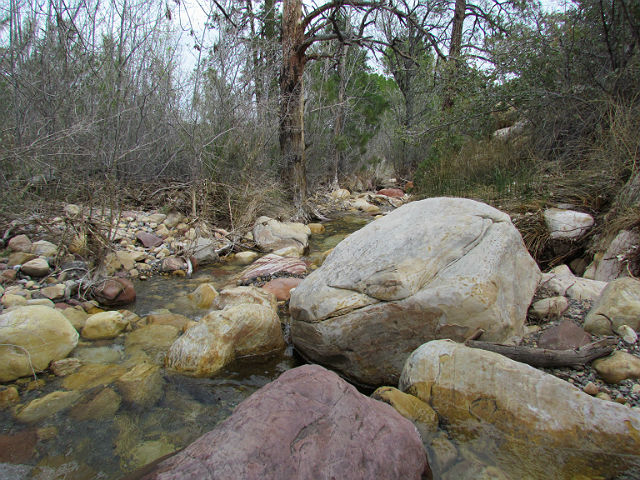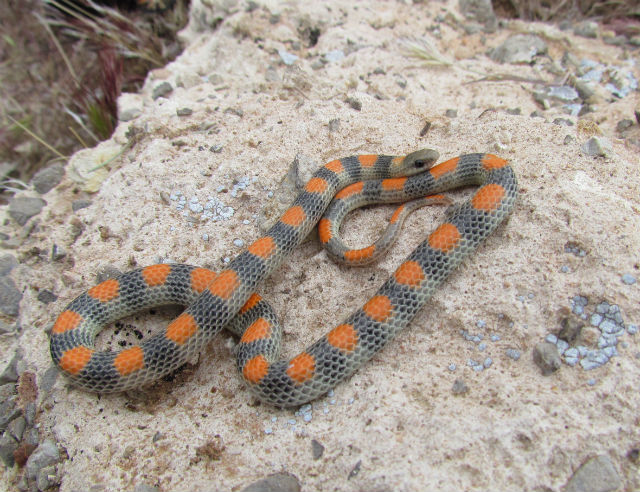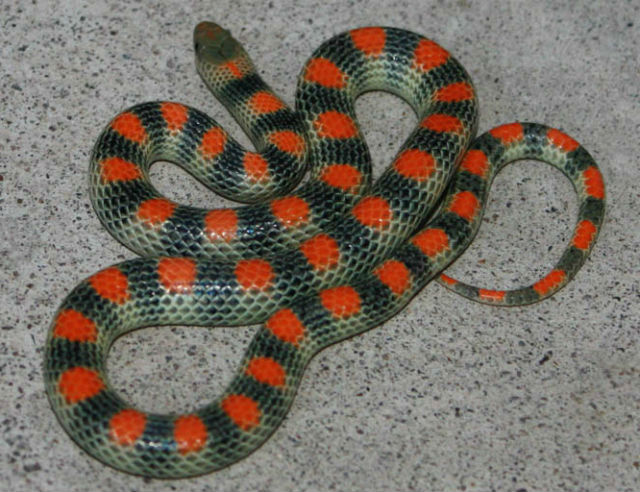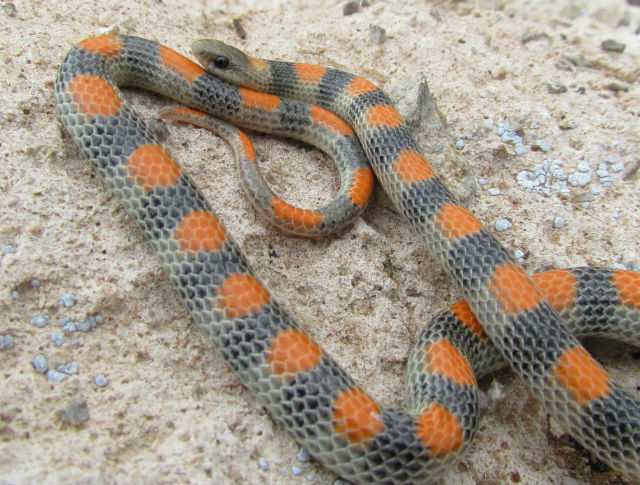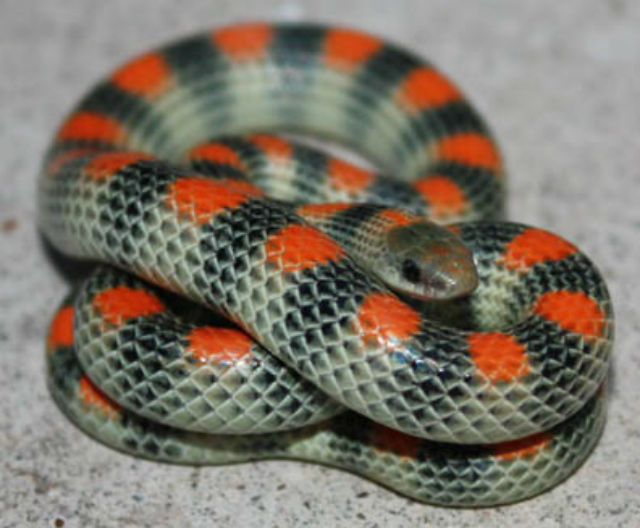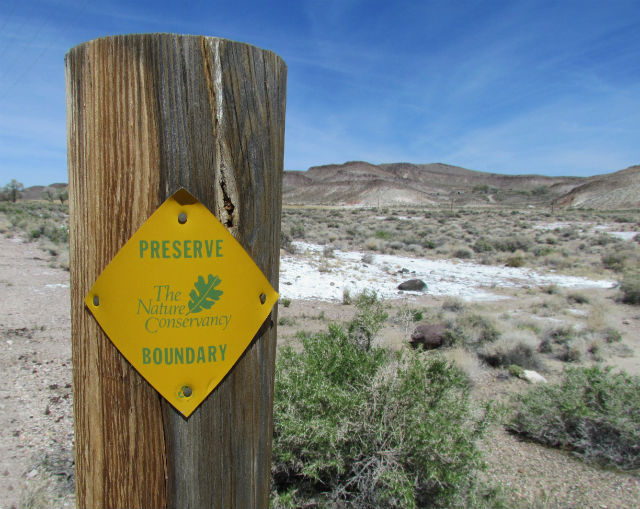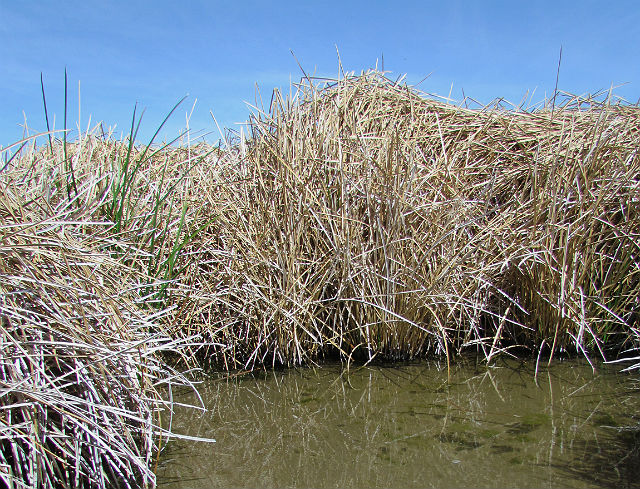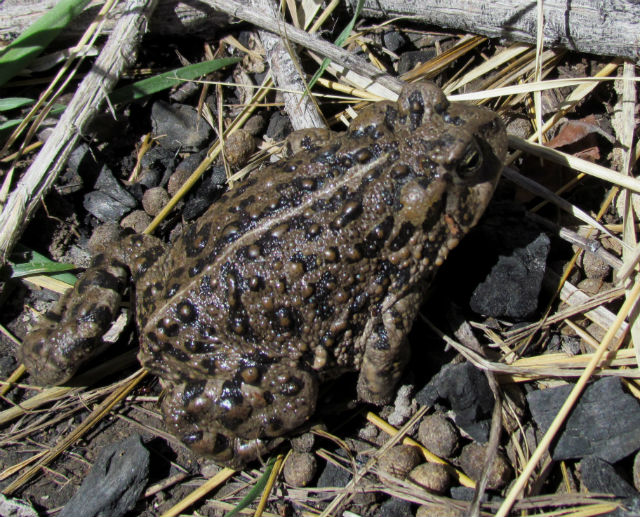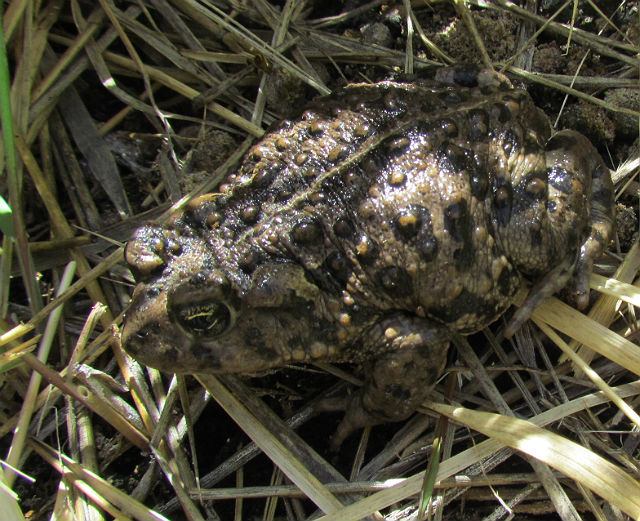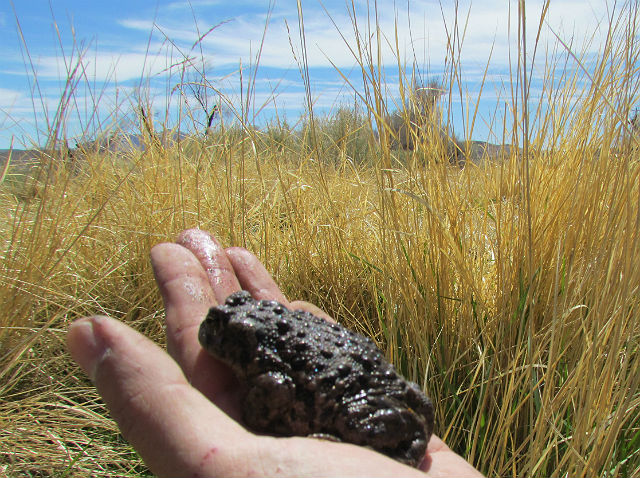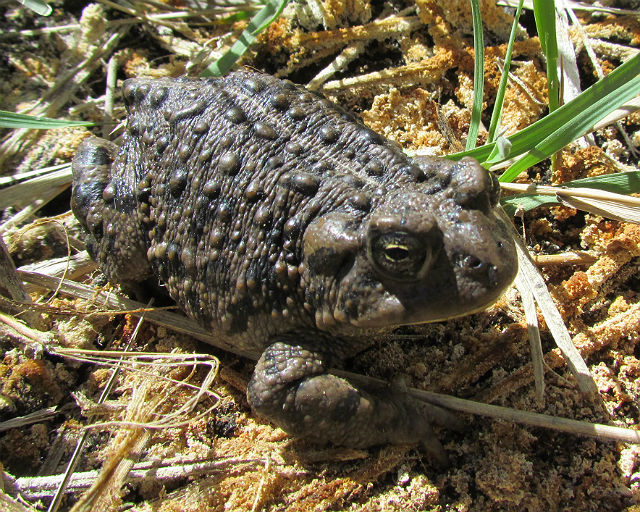This is a neat little reptile that is highly variable in color and pattern. Individuals can be brown, red, or orange, with black banding, orange or brown striping, or be solid-colored.
It only grows to about a foot in length. Being so small and prone to dehydration, in the desert it tends to be found near sources of water. In the rest of the southwestern United States, its preferred habitat is dry, rocky areas with loose soil.
These snakes are seldom seen in the open; they remain hidden under flat rocks during the day. They may become active on the ground surface at night. In hot weather, they burrow underground to find cooler temperatures and higher humidity.
The Western Ground Snake eats a variety of insects, spiders, scorpions, centipedes and lizards.
It was awesome to come across this gentle, secretive species in the wild.

